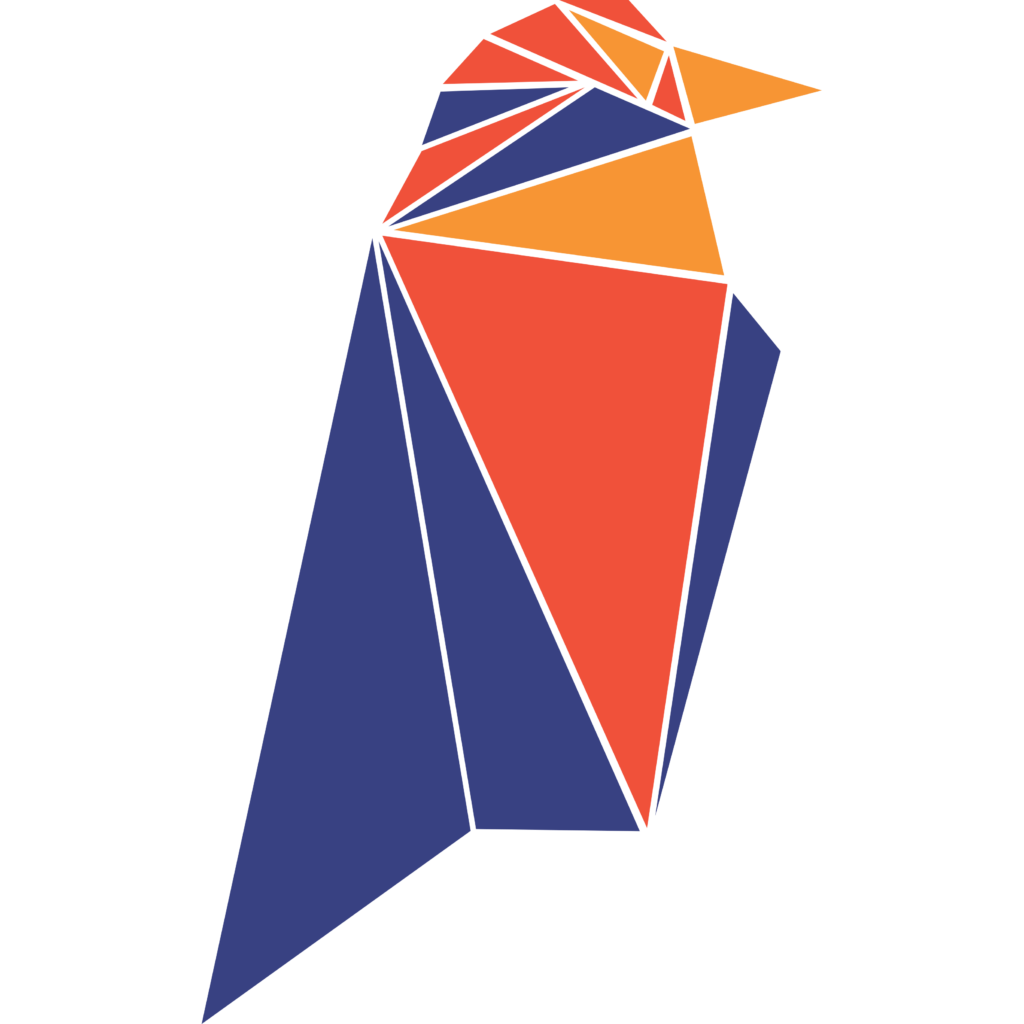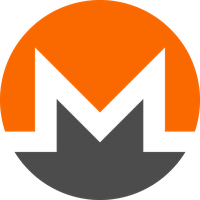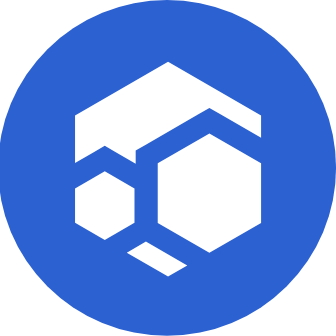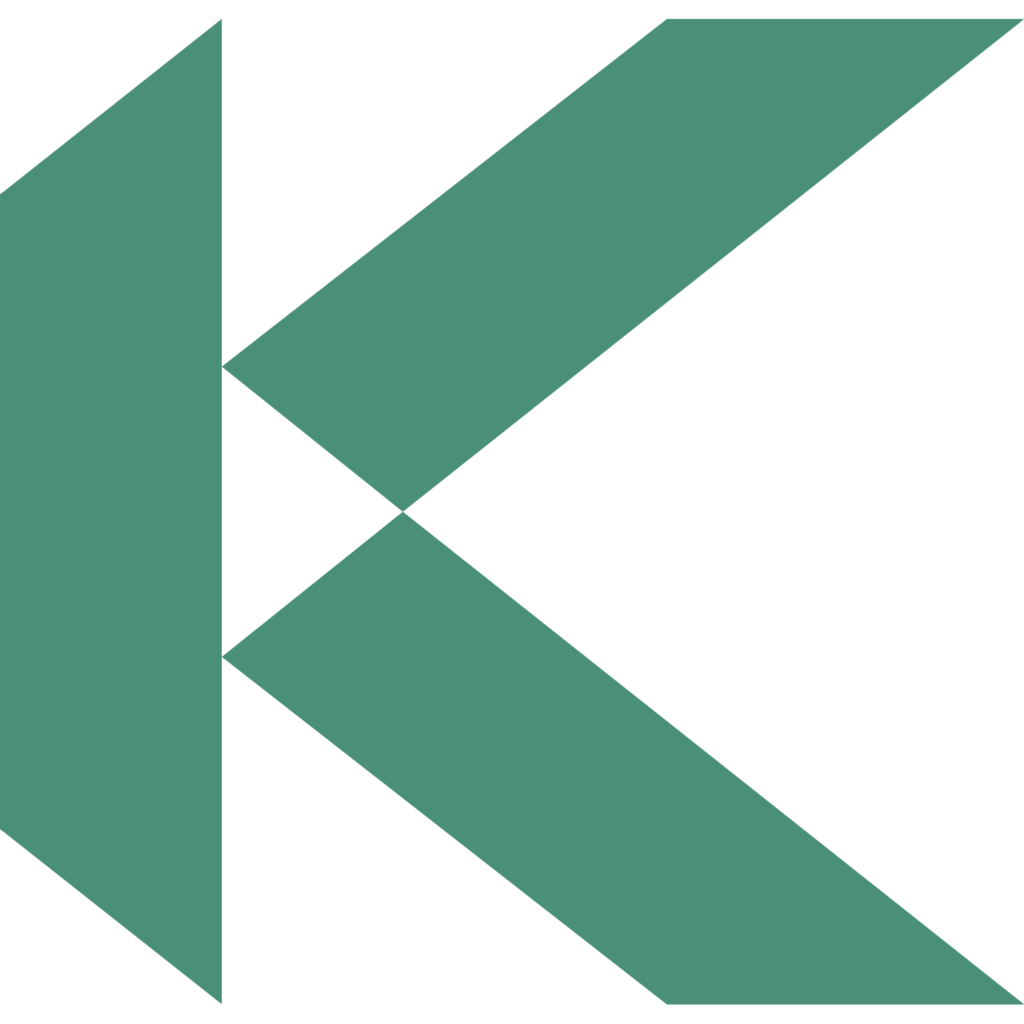Cryptocurrency mining has become more popular over the last ten years, and people are constantly looking for the best coins to mine. In 2025, look at promising cryptocurrencies that may offer excellent mining potential. This article covers 10 top coins, each with information on profitability, technology, mining difficulty, and more. Whether you’re a seasoned miner or a newcomer, this guide helps you make an informed choice for your mining journey.
1. Ethereum Classic (ETC)

- Algorithm: Etchash
- Mining Method: GPU and ASIC
- Block Time: ~13 seconds
- Mining Difficulty: Medium
- Reward: 3.2 ETC per block
Ethereum Classic (ETC) is an open-source, blockchain-based cryptocurrency that emerged as a split from the original Ethereum blockchain after the infamous DAO hack in 2016. Unlike Ethereum, which has moved to a Proof of Stake (PoS) model, Ethereum Classic remains on the Proof of Work (PoW) consensus, making it one of the few profitable options for GPU and ASIC miners for all types of miners. Known for its resilience and commitment to immutability, ETC has gained popularity among miners who appreciate Ethereum’s original vision. With a stable network, moderate mining difficulty, and compatibility with Ethereum mining equipment, Ethereum Classic offers a solid option for miners in 2024 looking for reliability and potential long-term earning growth.
Ethereum Classic continues to gain attention after Ethereum switched to Proof of Stake. ETC remains one of the best options for GPU miners due to its stability and high profitability. It’s compatible with existing Ethereum mining hardware, making it accessible for previous ETH miners.
Click here to start Ethereum Classic (ETC) mining
2. Ravencoin (RVN)

- Algorithm: KawPow
- Mining Method: GPU
- Block Time: 1 minute
- Mining Difficulty: Low to Medium
- Reward: 5,000 RVN per block
Ravencoin (RVN) is a decentralized, open-source blockchain designed specifically for the efficient transfer of assets, such as tokens or NFTs, from one party to another. Launched in 2018, Ravencoin uses the unique KawPow algorithm, which is optimized for GPU mining and resists ASIC miners, helping maintain a decentralized mining network accessible to individual miners. Ravencoin’s block time is approximately one minute to distribute, and its reward structure gives miners 5,000 RVN per block, making it attractive for home and small-scale miners. With its active development community and strong focus on asset transfer, Ravencoin stands out as a versatile choice in 2024 for all types of miners who want to participate in a secure and community-driven network.
Click here to start Ravencoin (RVN) mining
Ravencoin is designed for fast and low-cost transactions, focusing on asset transfers. Its KawPow algorithm is optimized for GPU miners, making it a popular choice in 2024. Ravencoin’s community is strong, and the coin itself is scalable, so it’s likely to stay relevant for years.
3. Litecoin (LTC)

- Algorithm: Scrypt
- Mining Method: ASIC
- Block Time: 2.5 minutes
- Mining Difficulty: Medium to High
- Reward: 6.25 LTC per block
Litecoin (LTC) is one of the earliest cryptocurrencies, created in 2011 by Charlie Lee as a “lighter” version of Bitcoin. Known as the “silver to Bitcoin’s gold,” Litecoin uses the Scrypt algorithm, making it ideal for ASIC mining and providing faster transaction times with a block generation time of 2.5 minutes. Litecoin’s reward structure offers miners 6.25 LTC per block, which, combined with its reputation for stability and low transaction fees on the network, makes it popular among ASIC miners. Supported by a well-established ecosystem and a history of continuous updates in mining, Litecoin remains a reliable and profitable choice for miners looking for a secure network and steady rewards in 2024.
Click here to start Litecoin (LTC) mining
Litecoin is often referred to as the silver to Bitcoin’s gold. With its Scrypt algorithm, Litecoin mining has been a popular way to earn among ASIC miners for years. Litecoin remains a profitable and stable option in 2024 for crypto miners, thanks to its strong ecosystem and continuous updates.
4. Zcash (ZEC)

- Algorithm: Equihash
- Mining Method: GPU and ASIC
- Block Time: ~75 seconds
- Mining Difficulty: Medium
- Reward: 3.125 ZEC per block
Zcash (ZEC) is a privacy-focused cryptocurrency launched in 2016 that offers optional anonymity for transactions, setting it apart in the cryptocurrency landscape. It uses the Equihash algorithm, which is suitable for both GPU and ASIC miners for ZEC coin mining, with a block time of around 75 seconds and a mining reward of 3.125 ZEC per block. Zcash provides users with the choice between transparent and shielded addresses, enabling private transactions that hide the sender, recipient, and amount on the blockchain, using zero-knowledge proofs known as zk-SNARKs. This privacy feature, combined with an active developer community focused on security and innovation, makes Zcash a compelling option for miners in 2024 who value privacy and efficient, stable mining profitability.
Click here to start Zcash (ZEC) mining
Zcash offers privacy-focused transactions with optional shielded addresses, making it a unique choice. The Equihash algorithm is popular among crypto miners, and Zcash’s focus on privacy and security makes it a valuable asset in the crypto market.
5. Bitcoin Cash (BCH)

- Algorithm: SHA-256
- Mining Method: ASIC
- Block Time: 10 minutes
- Mining Difficulty: High
- Reward: 6.25 BCH per block
Bitcoin Cash (BCH) is a decentralized cryptocurrency that was forked from Bitcoin in 2017. It aims to address Bitcoin’s scalability issues by increasing the block size, allowing for faster and cheaper transactions. With a block time of 10 minutes and a reward of 6.25 BCH per block, Bitcoin Cash uses the same SHA-256 algorithm as Bitcoin, making it suitable for ASIC mining to get more mining rewards. This compatibility allows Bitcoin miners to switch between Bitcoin and Bitcoin Cash depending on profitability. Known for its low transaction fees and quick processing times, Bitcoin Cash is popular among miners and users who want a more efficient alternative to Bitcoin for everyday transactions, positioning it as a profitable option in 2024 for miners with ASIC equipment.
Click here to start Bitcoin Cash (BCH) mining
Bitcoin Cash is a popular fork of Bitcoin with a larger block size, designed to offer faster transactions on the network at a lower cost. Miners who own SHA-256 ASICs can switch from Bitcoin to Bitcoin Cash based on profitability, making it an attractive option in 2024.
6. Monero (XMR)

- Algorithm: RandomX
- Mining Method: CPU and GPU
- Block Time: 2 minutes
- Mining Difficulty: Medium
- Reward: 0.6 XMR per block
Monero (XMR) is a leading privacy-centric cryptocurrency that emphasizes secure and untraceable transactions, launched in 2014. Utilizing the RandomX algorithm, Monero is designed to be mined using both CPU (computers & Laptops) and GPU hardware, making it accessible to a wider range of miners compared to many other cryptocurrencies that rely on ASICs. With a block time of approximately 2 minutes and a dynamic mining reward that adjusts based on network conditions, Monero encourages decentralized mining participation. Its advanced privacy features, including stealth addresses and ring signatures, ensure that transaction details remain confidential and unlinkable, making Monero a preferred choice for users and miners who prioritize privacy and security in the cryptocurrency space as they look to 2024 for profitable crypto mining opportunities.
Click here to start Monero (XMR) mining
Monero is known for its strong privacy features and is mineable on CPUs, making it unique among major cryptocurrencies. Monero’s RandomX algorithm is resistant to ASIC mining, keeping it accessible to smaller miners. In 2024, Monero’s focus on privacy may continue to attract crypto miners.
7. Dogecoin (DOGE)

- Algorithm: Scrypt (Merged Mining with Litecoin)
- Mining Method: ASIC
- Block Time: 1 minute
- Mining Difficulty: Medium
- Reward: 10,000 DOGE per block
Dogecoin (DOGE) is a cryptocurrency that started as a lighthearted internet meme featuring the Shiba Inu dog but has since gained a substantial following and market presence since its launch in 2013. Utilizing the Scrypt algorithm, Dogecoin can be mined through ASIC hardware and is known for its fast transaction times, with blocks generated approximately every minute. The cryptocurrency benefits from merged mining with Litecoin, allowing miners to earn both Dogecoin and Litecoin simultaneously, enhancing profitability with minimal extra effort. Despite its origins as a joke, Dogecoin has developed a strong community and has been endorsed by notable figures in the crypto mining world, making it a viable option for home crypto miners in 2024 who seek a fun and engaging way to participate in the cryptocurrency space while enjoying potential financial rewards.
Click here to start Dogecoin (DOGE) mining
Initially started as a joke, Dogecoin has become a major player in the crypto mining world. Dogecoin uses merged mining with Litecoin, so miners can mine both coins at once. This approach is attractive, as it improves profitability with minimal extra effort.
8. Flux (FLUX)

- Algorithm: ZelHash
- Mining Method: GPU
- Block Time: 2 minutes
- Mining Difficulty: Medium
- Reward: 75 FLUX per block
Flux (FLUX) is a decentralized cloud infrastructure network designed to provide a scalable platform for building and running applications, making it an attractive option for developers and users alike. Launched as a fork of Zcash, Flux employs the ZelHash algorithm, which is optimized for GPU mining to get the best mining rewards, enabling individuals to mine the cryptocurrency efficiently with standard hardware. With a block time of approximately 2 minutes and a reward of 75 FLUX per block, the mining process is accessible and rewarding for miners. The project focuses on creating a decentralized web by allowing users to host applications and services on a distributed network, promoting resilience and reducing reliance on traditional cloud providers. As Flux continues to gain traction and support within the cryptocurrency community, it stands out as a promising choice for miners in 2024 looking for a project with strong utility and potential for growth.
Click here to start Flux (FLUX) mining
Flux is a decentralized cloud infrastructure network, and its unique use case is becoming increasingly popular in the crypto world. GPU miners prefer Flux due to its ZelHash algorithm, which is optimized for NVIDIA GPUs. With its strong roadmap and partnerships, Flux may become a mining favorite.
9. Ergo (ERG)

- Algorithm: Autolykos V2
- Mining Method: GPU
- Block Time: 2 minutes
- Mining Difficulty: Medium
- Reward: ~66 ERG per block
Ergo (ERG) is a blockchain platform that provides a secure and efficient environment for financial contracts and decentralized applications. Launched in 2019, Ergo uses the Autolykos V2 algorithm, which is ASIC-resistant and optimized for GPU mining, making it accessible to a wider range of crypto miners. With a block time of about 2 minutes and a reward of approximately 66 ERG per block, Ergo offers miners a rewarding opportunity to participate in its growing ecosystem. The platform emphasizes security, scalability, and usability, incorporating innovative features like smart contracts and off-chain storage solutions. As Ergo continues to evolve and attract interest from developers and users alike, it stands as a compelling option for crypto miners in 2024 seeking to engage with a project that prioritizes both technological advancement and community-driven growth to earn more rewards.
Click here to start Ergo (ERG) mining
Ergo offers a platform for financial contracts that focuses on security and privacy. Its Autolykos V2 algorithm is ASIC-resistant, keeping the mining accessible to GPU miners. Ergo’s active development and unique approach make it a strong candidate for mining in 2024.
10. Kadena (KDA)

- Algorithm: Blake2S
- Mining Method: ASIC
- Block Time: 1 second
- Mining Difficulty: Medium
- Reward: 2.7 KDA per block
Kadena (KDA) is a blockchain platform designed to deliver high throughput and scalability while maintaining a secure environment for decentralized applications and smart contracts. Launched in 2019, Kadena employs the Blake2S algorithm, which is tailored for ASIC mining, enabling efficient mining operations. With a remarkable block time of just 1 second and a reward of approximately 2.7 KDA per block, Kadena stands out for its ability to process a large number of transactions quickly and at a low cost. Its unique architecture combines a public blockchain and a private chain, offering flexibility for various use cases, from enterprise solutions to decentralized finance (DeFi). As Kadena continues to gain traction within the crypto mining community and build partnerships, it presents an attractive opportunity for crypto miners in 2024 looking for a fast, legitimate, and innovative platform with significant growth potential to generate crypto.
Kadena is known for its scalability and uses the efficient Blake2S algorithm. Kadena’s high transaction throughput and low fees make it an appealing choice. ASIC miners who want fast-earning rewards may find Kadena a more profitable option in 2024.
Tips for Mining Cryptocurrency in 2025
- Check the Difficulty: Mining difficulty changes often, affecting profitability. Choose coins with medium difficulty if you’re starting crypto mining.
- Select the Right Hardware: Ensure your hardware is compatible with the cryptocurrency you wish to mine. GPU and CPU miners can start with coins like Monero, while ASIC miners should look at coins like Bitcoin Cash and Litecoin to generate more rewards.
- Consider Electricity Costs: Mining can be power-intensive, so calculate your electricity costs. Low-cost electricity is essential for long-term profitability in crypto mining.
- Join Mining Pools: Mining individually can be challenging. Join a mining pool to share resources and rewards with other miners.
- Stay Updated on Market Trends: Crypto prices fluctuate, so track market trends to understand which coins are most profitable.
Conclusion
Based on current trends, these cryptocurrencies will offer the best mining options in 2025. From Ethereum Classic for GPU miners to Kadena for ASIC users, there are plenty of opportunities for both new and experienced miners. Always keep an eye on mining difficulty, profitability, and coin updates, as these can affect mining performance over time.
Frequently Asked Questions (FAQs)
- What is the best crypto to mine?
Ethereum Classic (ETC) is a top choice due to its stable mining rewards and compatibility with existing Ethereum mining hardware. Its active community and growth potential make it appealing to miners. - What is the best crypto to mine in 2025?
Ravencoin (RVN) is highly regarded for its accessibility and strong community focus, utilizing the GPU-friendly KawPow algorithm. Its consistent development and asset transfer features position it well for profitability. - What is the easiest crypto to mine on a phone?
Dogecoin (DOGE) is one of the easiest cryptocurrencies to mine on mobile devices through various apps and mining pools. Its user-friendly nature and large community support make it a popular choice for mobile miners. - What are the new cryptocurrencies to mine for free?
Flux (FLUX) allows users to mine without upfront costs using existing hardware, particularly GPUs. The platform’s focus on decentralized cloud services and innovative technology presents a promising opportunity for miners. - What is the most profitable crypto to mine?
Monero (XMR) stands out as one of the most profitable cryptocurrencies due to its strong privacy features and CPU-friendly mining algorithm. Its increasing demand and user base contribute to its profitability for miners. - What is the best coin to mine with a GPU in 2025?
Ergo (ERG) is an excellent choice for GPU miners in 2025 due to its ASIC resistance and efficient mining algorithm. Its focus on smart contracts and growing ecosystem makes it a promising option for profitability.

